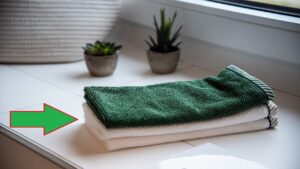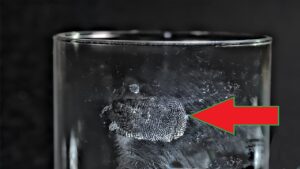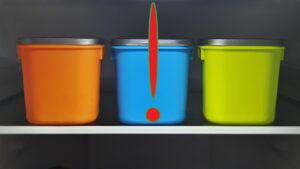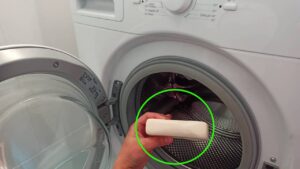Why Mold Forms in the Refrigerator? Make It Clean and Smell Fresh Again
The refrigerator is an appliance present in every home, essential for food preservation and preventing bacterial growth requires regular cleaning and sanitization. However, mold may still appear inside. In this article, we’ll find the reasons behind its occurrence and effective solutions to tackle this issue.
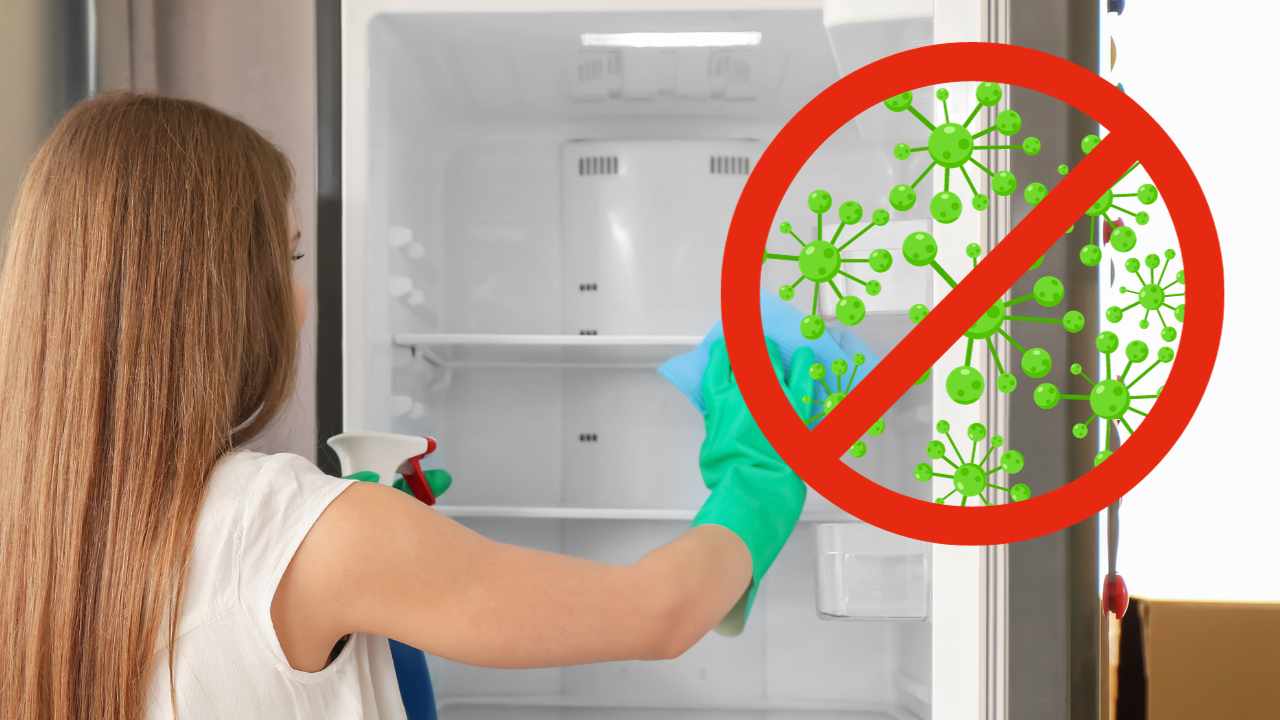
Mold primarily thrives in the refrigerator due to excess humidity and lack of ventilation. When foods are stored in the fridge, moisture can condense on its walls and shelves, creating an environment conducive to the growth of this fungus.
Mold can manifest in various colors, including green, black, or white. It may appear on different surfaces within the refrigerator, such as on foods like bread or cheese, on the walls, or on door seals. Furthermore, it can also develop inside containers or plastic films that are not sealed properly. Beyond being aesthetically displeasing, mold can pose health risks, as certain molds produce toxins that may lead to allergic reactions or food poisoning.
To prevent mold formation, it’s essential to maintain a clean refrigerator, free of food residues, and ensure proper ventilation. If, despite preventive measures, mold still appears, you can proceed in this way.
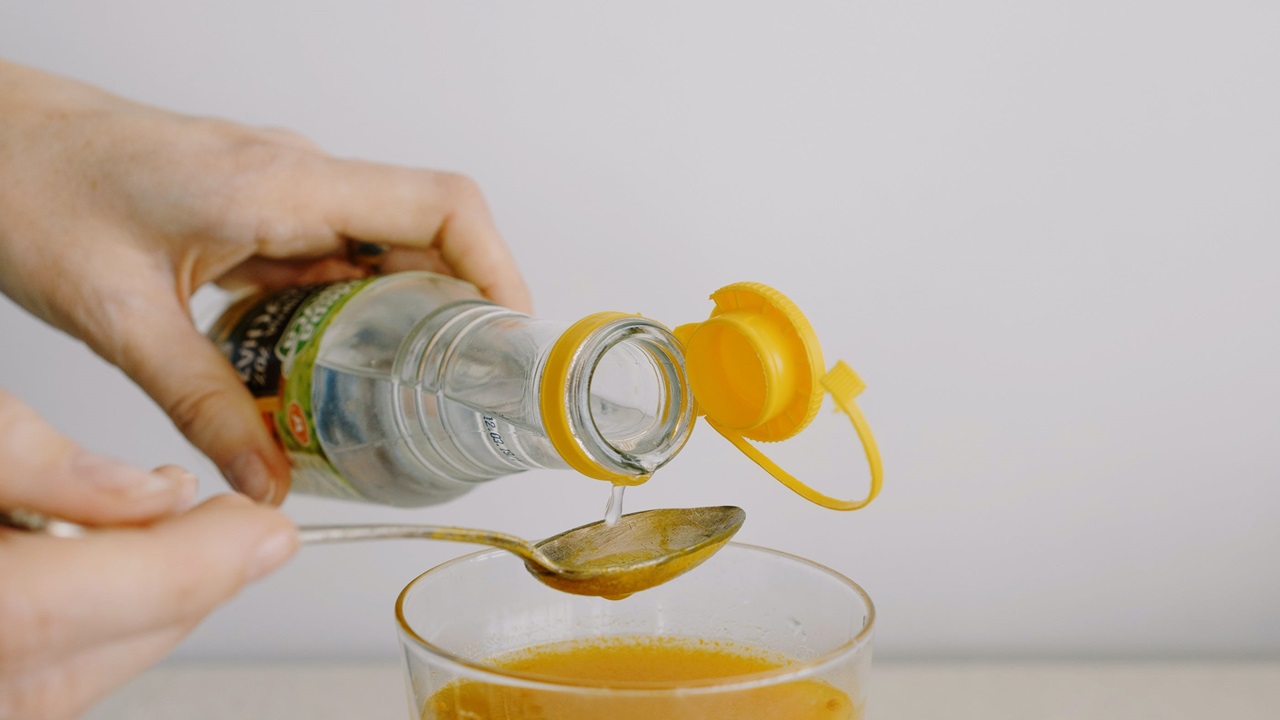
How to remove mold from the refrigerator
Begin by removing all food from the fridge. Take out the compartments and drawers, unhook them, and wash them in the sink using a detergent and running water.
Next, proceed to clean the inside of the refrigerator. To do this you can use white vinegar, known for its antimicrobial and antibacterial properties. Either spray it directly on the affected areas or dilute it in a basin of water, using a microfiber cloth to clean the interior of the fridge thoroughly.
If mold has affected the seal, you can use bleach. Dilute a small glass in a liter of water, rub it on the affected areas, rinse thoroughly, and dry.
